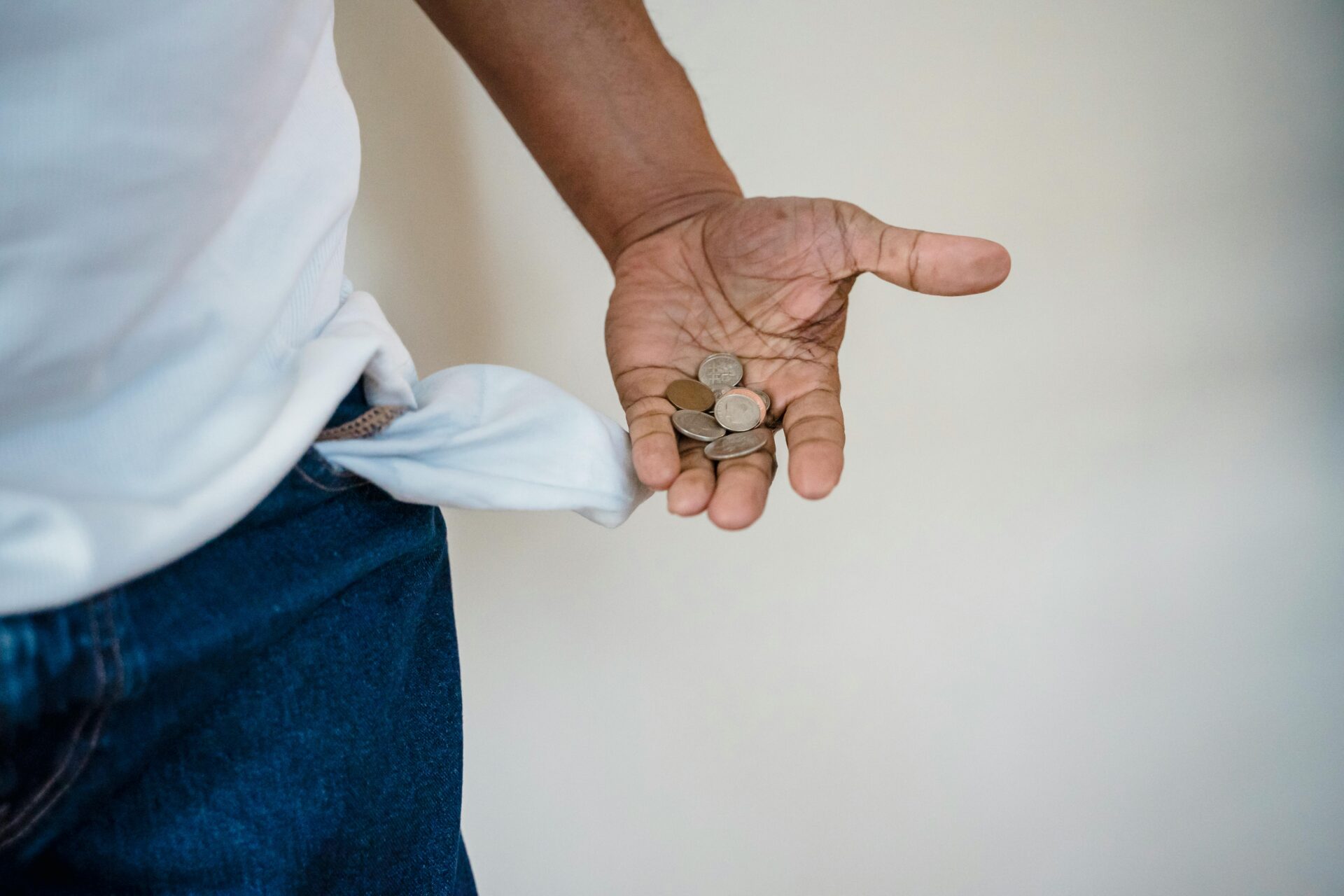Amid our cost-of-living crisis, with inflation recently reaching a 40-year high, it’s not surprising that Canadians are struggling to manage daily expenses. The latest annual report from the Government of Canada confirms this, showing an increase in bankruptcy filings.
In 2023, Canada’s total volume of insolvencies (bankruptcies and consumer proposals) increased by 23.6 per cent compared to 2022. Canadian consumers between the ages of 35 and 49 made up the largest percentage share of all age groups with 37.5 per cent of filings.
While many Canadians may see bankruptcy as their last resort, it’s essential to consider credit counselling as a proactive step beforehand. Below, we discuss how frequently you can file for bankruptcy, the consequences of filing, and how credit counselling can help you avoid it.
How Does Bankruptcy Work in Canada?
When you can’t afford debt payments or your debt load exceeds your income, bankruptcy provides immediate relief from unsecured debts. These include payday loans, lines of credit, tax debt and credit card debt. You also receive instant legal protection from legal action (like wage garnishments), creditors and debt collectors.
The legal process for filing for bankruptcy is intricate and may vary slightly depending on where you live in Canada. In general, you must first partner with a Licensed Insolvency Trustee (LIT) who will assess your situation and present available options.
If you decide to proceed with bankruptcy – and the Office of the Superintendent of Bankruptcy (OSB) accepts the bankruptcy – you’ll be formally declared bankrupt. A meeting of creditors will then take place to discuss the terms of your bankruptcy. Your LIT will take possession of your allowable assets to liquidate and distribute the money to your creditors.
During your bankruptcy period, you’ll have to make monthly payments based on your income and expense submissions. You must attend two counselling sessions by qualified LIT professionals to learn financial management tips. You’ll also have to provide your LIT with the appropriate information so they can file your tax returns.
How Long Does Bankruptcy Take?
The process can take as little as nine months if it’s your first bankruptcy. But if you’ve declared bankruptcy before or have surplus income, 36 months may be necessary.
How Much Does Bankruptcy Cost?
Declaring bankruptcy comes with fees and expenses, which fluctuate depending on monthly income, assets owned by the debtor, and the minimum amount payable. The base cost of filing bankruptcy is a minimum of $1,800. Additional administrative costs are associated with working with a Licensed Insolvency Trustee.
The Implications of Filing for Bankruptcy
Secured creditors (like your mortgage or car loan) aren’t affected by bankruptcy, so if you fall behind on payments, they can seize these assets. You’ll also:
- Forfeit your tax refund for the bankruptcy year, plus any outstanding refunds not yet received,
- Lose your RRSP contributions from the previous year, and
- Receive a negative impact on your credit score for 6-7 years for a first bankruptcy and up to 14 years for a second.
The assets exempt from seizure depend on where you live. Usually, you can keep most personal belongings, household furnishings, tools used for your profession, and a vehicle you own valued below the provincial limit.
How Many Times Can You File for Bankruptcy in Canada?
Canada has no specific legal restriction on how many times you can file for bankruptcy. However, each subsequent bankruptcy adds complexity to the process. It becomes more challenging to receive a discharge from your bankruptcy, and the consequences – like credit impact and payment terms – increase.
Credit Counselling is an Alternative to Bankruptcy
Canadians often view bankruptcy as their only option and aren’t afraid to pursue it, despite the many alternatives. Unfortunately, this means many don’t even consider credit counselling.
Credit counselling prioritizes your best interests and finds the optimal solution for your financial situation. Sometimes, bankruptcy or consumer proposals may be necessary, but these are often the final options.
Like bankruptcy, the credit counselling process isn’t free. There is a cost to being on a debt management program. However, unlike when declaring bankruptcy, education plays a significant role in credit counselling. It’s this kind of education that will give you the skills needed to not only get out of debt but stay out of debt for the long term. And the best part? The counselling part IS free!
With credit counselling, you’ll receive a customized debt management program and an easy-to-follow budget you can use to live debt-free. Your credit counsellor offers advice, coaching, education and support to help you reach your goals the whole time.
It’s a tried-and-true process that works. Those who receive credit counselling are less than one per cent likely to need to do so again, whereas 21 per cent of people who file for bankruptcy are repeat debtors.
The Bottom Line: Get Credit Counselling First
Even if you think declaring bankruptcy is your only option, you’ll want to consider credit counselling.
After all, bankruptcy is a short-term solution to an often long-term problem. If you don’t learn how to manage your money, you’ll likely continue experiencing financial issues.
Declaring bankruptcy carries several substantial consequences, so if credit counselling can prevent these challenges, it’s worth considering for your financial well-being.
For more information about our professional, non-profit credit counselling services, contact us for a free consultation.






